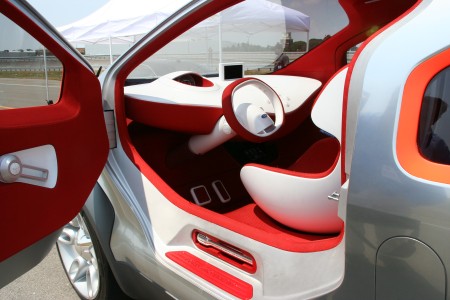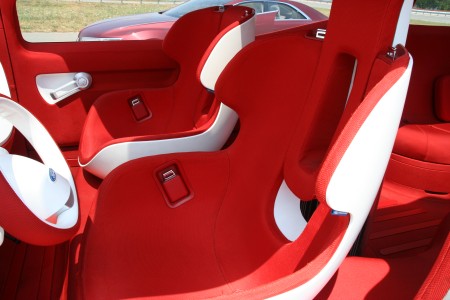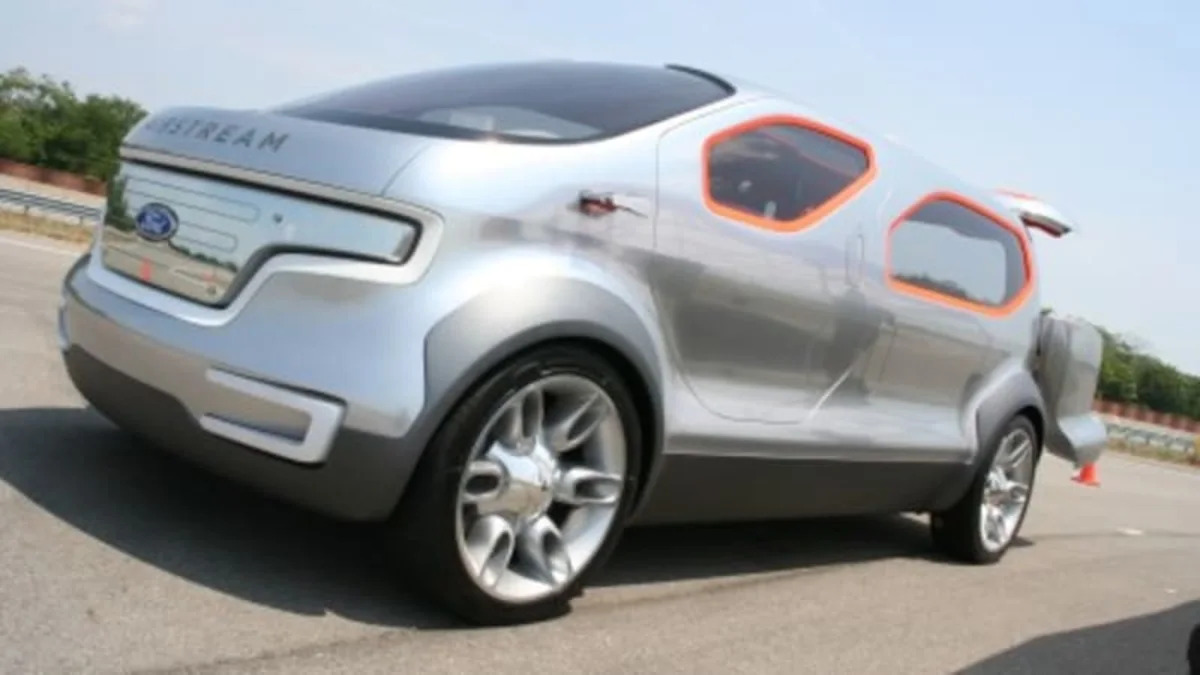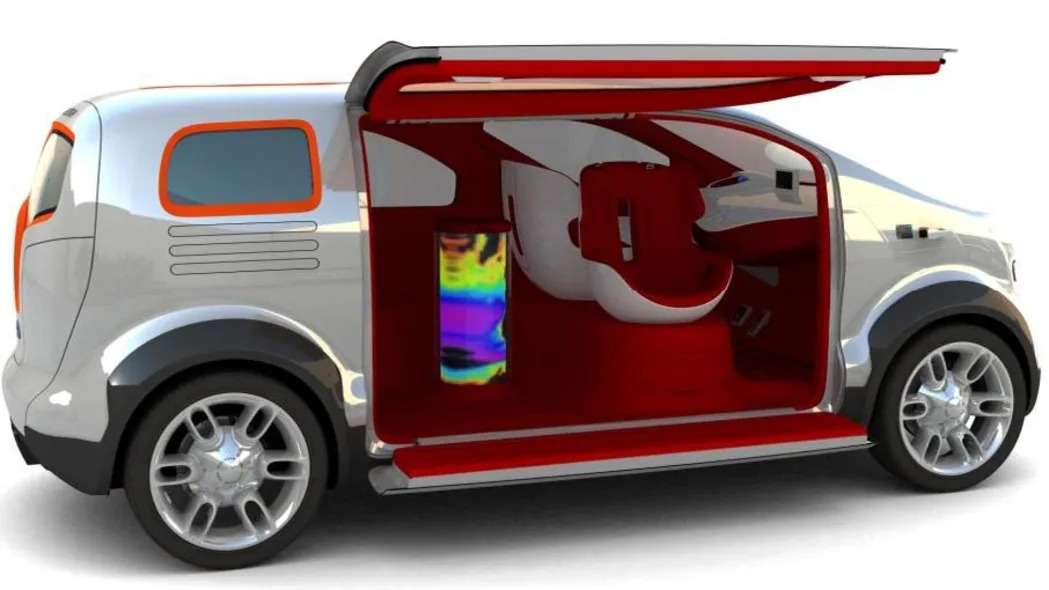Click on the AirStream for a gallery of images at the track
Ford brought out its 2007 concept cars at the company's Dearborn Development Center this week to give the invited media, including your humble narrator, a chance to sample the new designs in the harsh light of day. And it was definitely a harsh day, with maximum humidity and temperatures in the low nineties.
Harsh certainly describes the treatment Ford got from the media at the Detroit Auto Show for the AirStream concept. The Lincoln MKR and Ford Interceptor both got an unintentional preview weeks before the show thanks to our colleagues at the print publications, but the Airstream came out of nowhere. As Peter Horbury acknowledged in our discussion, Ford may have been better off had it emphasized the mechanicals of the Airstream over the design.
Continue reading about the Airstream drive after the jump.
Ford brought out its 2007 concept cars at the company's Dearborn Development Center this week to give the invited media, including your humble narrator, a chance to sample the new designs in the harsh light of day. And it was definitely a harsh day, with maximum humidity and temperatures in the low nineties.
Harsh certainly describes the treatment Ford got from the media at the Detroit Auto Show for the AirStream concept. The Lincoln MKR and Ford Interceptor both got an unintentional preview weeks before the show thanks to our colleagues at the print publications, but the Airstream came out of nowhere. As Peter Horbury acknowledged in our discussion, Ford may have been better off had it emphasized the mechanicals of the Airstream over the design.
Continue reading about the Airstream drive after the jump.

The Airstream came as something of a surprise, appearing just a few months after Ford bailed out of the minivan market by euthanizing the slow-selling Freestar. The one-box design of the Airstream was meant to show off some of the design flexibility of the HySeries drive platform, which Ford designed in a manner similar to GM's skateboard platform. Everything is mounted low in the chassis with a hydrogen storage tank down the middle and a lithium ion battery pack and fuel cell on either side of it. At the front and rear axles are a pair of electric motors.
Almost any kind of package could be put on top of this configuration. In conjunction with travel trailer manufacturer Airstream, Ford's designers came up with something that dovetailed with the theme, "American Journey." The Airstream concept that appeared was an aluminum-skinned combination of a self-propelled Airstream trailer and something out of 2001: A Space Odyssey. Inside, the front seats were shaped like the half-eggshells 1960s designers would have envisioned as commonplace furniture in the twenty-first century.

Getting into the seats was problematic thanks to the high sills of the door opening and the lack of adjustability for the seats and steering wheel. If the seats were installed in a vehicle with high cornering capabilities, lateral support would certainly not be a complaint, thanks to the wraparound shape. Unfortunately, the seat design inhibits shoulder movement, too, making steering difficult at best. Another ergonomic quirk was the gas and brake pedals being closer to the center line of the vehicle than the center line of the driver's seat. Getting out was not much easier than getting in.
 Although the Airstream was advertised as riding on the fuel cell series hybrid platform, the only functional vehicle to actually use that layout was the HySeries Edge. The Airstream was actually propelled by an undisclosed internal combustion engine. Given the ergonomic failings of the concept, driving it was difficult, which made sticking to the low speed limit easy.
Although the Airstream was advertised as riding on the fuel cell series hybrid platform, the only functional vehicle to actually use that layout was the HySeries Edge. The Airstream was actually propelled by an undisclosed internal combustion engine. Given the ergonomic failings of the concept, driving it was difficult, which made sticking to the low speed limit easy.
As Freeman Thomas said, Ford needs to swing for the fences and create designs that a segment of the audience will love even if others hate it. Whether something shaped like a van can still succeed in the market is an open question, but if it's innovative and boldly designed, it just might work. The Airstream certainly has the latter portion of the equation covered, and we'll just have wait and see how much of it makes it to the street.



Sign in to post
Please sign in to leave a comment.
Continue